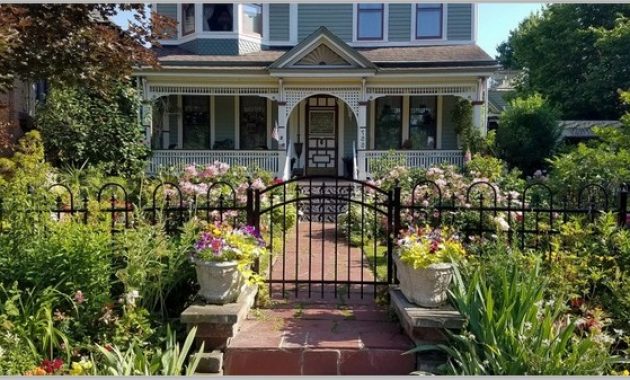When it comes to putting together projects, the ancient adage is: Measure twice, cut once. When you’re designing a wrought-iron fence gate, it ought to be: Think about cutting. Think about it again. Have a cup of coffee. Think 1 more time. Then cut. Once wrought-iron pieces are cut plus welded together, requires an intensive amount of labor to chop things apart, grind off the old welds, re-measure, re-cut and re-weld them.

Survey the fence. Fences may be sq. and level on level ground; on the sloped ground with the fence square and level to the ground; or on the sloped ground with the fence posts square plus true to the horizon. You could also have both the posts and the fence sections sq. to the horizon but stepped to situate on a sloping landscape. Build your gate to be situated correctly on the structure or rebuild the structure to accommodate the gate.’
Decide whether the gate will be mounted to the prevailing fence/wall or have a freestanding frame. Connect the gate according to the fence composition: wood, metal or stone. Screw lag bolts into wooden fence posts. With stone, drill holes, insert metal or plastic anchors, plus screw the lags into the anchors. With a metal structure; weld the hinges plus closure to the fence. If you make a freestanding structure to accommodate your gate, dig the posts and any necessary concrete footings for the structure.’
Complementing existing architecture is as significant as fitting into the present fence or wall. If your gate clashes with the architecture, it may look as bad as if you place the gate in off-square. You do not want a High Victorian house together with a Southwest design gate, or a Spanish Mission house plus wall with an Art Deco gate. The gate you create has to compliment the lines of the first architecture.
Match quality wrought iron fencing to a high quality house. Shoddy ironwork may lessen property values and send a negative image to guests plus neighbors. Low-cost, mismatched iron shows 1 issue only: Someone without a taste inherited Grandma’s estate and destroyed it. There’s nothing wrong with cheap, lower-quality iron on an old double-wide trailer or cheaply engineered ranch home, but do not degrade an expensive home by being chintzy on the ironwork. Some of the worst offenders are in San Francisco. They might as well have placed an automobile on blocks in the front yard.